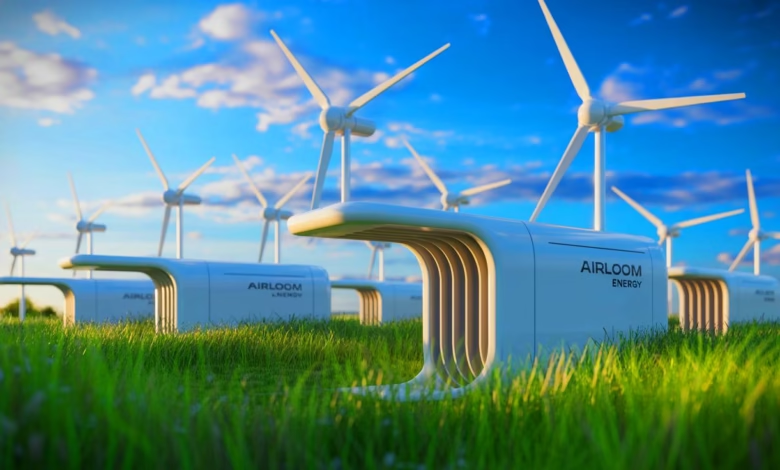Bill Gates-Backed Wind Tech Takes Off: A Green Energy Breakthrough

▼ Summary
– Airloom Energy, backed by Bill Gates, is developing innovative wind turbines to transform wind energy production.
– A pilot site in Wyoming aims to produce more energy at lower costs and with higher efficiency than traditional turbines.
– The compact, modular turbines can be quickly deployed in remote or challenging locations, including military bases and mountainous areas.
– The project explores future applications in offshore wind and disaster relief, with full-scale testing planned by 2027.
– Airloom’s technology addresses growing U.S. energy demands and could significantly impact global renewable energy adoption.
A groundbreaking wind energy technology backed by Bill Gates is poised to revolutionize renewable power generation. Airloom Energy, a U.S.-based startup, has secured $13.75 million in funding to develop its innovative turbine system, with construction already underway at a pilot site in Wyoming. This cutting-edge approach promises higher energy output at lower costs, addressing America’s urgent need for sustainable and reliable power solutions.
The timing couldn’t be more critical. Industry analysts warn that half of U.S. states may face energy shortages by 2035, while global data centers could struggle with power access as early as 2027. Airloom’s CEO Neal Rickner emphasizes that radical innovations in energy infrastructure are essential to meet these challenges. The company’s modular turbine design replaces bulky conventional models with compact, cost-effective units that generate more electricity in limited spaces.
What sets Airloom’s technology apart is its remarkable versatility and deployment speed. These turbines can be operational in under a year—five times faster than traditional wind farms—and function effectively in low-wind areas, remote islands, and constrained locations like military bases or airports. The modular components simplify transportation and maintenance, overcoming key logistical hurdles that have stalled wind energy expansion.
The Wyoming test site will serve as a proving ground through 2027, validating performance metrics and refining operational protocols. Looking ahead, Airloom envisions applications ranging from offshore wind farms to disaster relief operations. This development comes as global energy demands surge, particularly from AI and digital infrastructure growth, making efficient renewable solutions increasingly vital.
Beyond domestic impact, Airloom’s technology could reshape global energy markets. By offering a practical alternative to conventional turbines, the company may accelerate worldwide adoption of wind power. As the pilot program progresses, industry watchers are keen to see whether this innovation can deliver on its promise of making clean energy more accessible and affordable across diverse environments. The success of this venture could mark a turning point in how nations approach renewable energy infrastructure in the coming decade.
(Source: Enviro2b)
